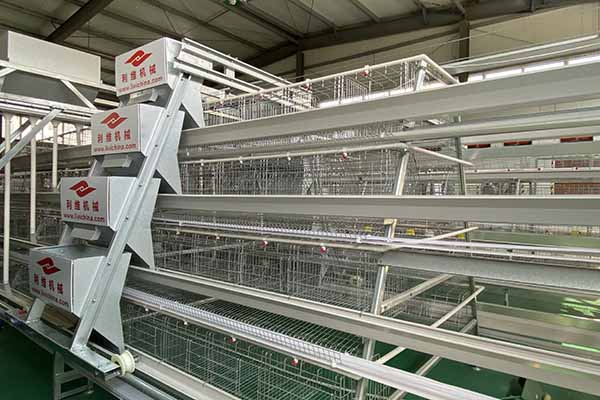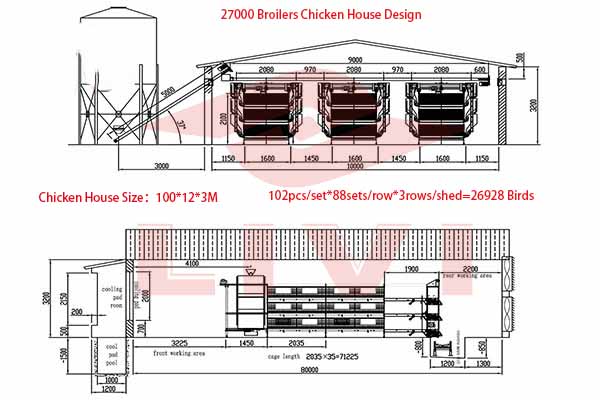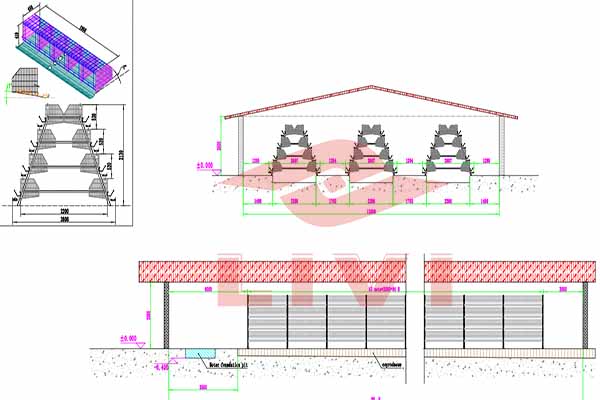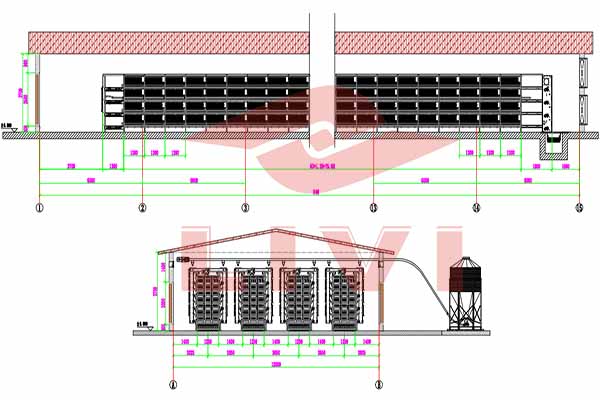Optimizing Egg Laying Cages for 80,000 Chickens in Tanzania
Egg production is a vital part of the poultry industry, especially in countries like Tanzania where there is a growing demand for eggs. For a farm with 80,000 laying hens, efficient and well-designed egg laying cages are essential. This article delves into the key aspects to consider when setting up a high-capacity egg-laying facility in Tanzania.
Choosing the Right Egg Laying Cages
1. Space and Comfort
The ideal egg-laying cage should provide enough space for the chickens to move around comfortably. A general rule of thumb is that each chicken should have at least 0.4 square meters of space. In the case of 80,000 chickens, this translates to approximately 32,000 square meters of cage area.
– 0.4 square meters per chicken
– Total cage area required: 32,000 square meters
Design and Materials
2. Structural Integrity
Cages should be made from durable materials that can withstand the weight of the chickens and the eggs they lay. Steel or high-quality plastic are popular choices for their longevity and resistance to wear and tear.
– Material: Steel or high-quality plastic
– Expected lifespan: 10+ years
Health and Sanitation
3. Egg Collection Systems
A reliable egg collection system is crucial to maintain hygiene and prevent contamination. Automated systems that collect eggs directly from the cage are preferred over manual collection methods.
– Automated egg collection
– Reduces labor costs and increases efficiency
Environmental Considerations
4. Temperature Control
Chickens require a stable temperature to lay eggs effectively. Cages should be equipped with systems to control the ambient temperature, ensuring a comfortable environment for the hens.
– Temperature control system
– Ideal temperature range: 18-23°C
Economic and Operational Efficiency
5. Energy Efficiency
Efficient use of energy is crucial for reducing costs and minimizing the farm’s environmental footprint. Look for cages with energy-saving designs, such as better insulation and smart lighting systems.
– Energy-efficient design
– Potential cost savings: 20-30%
Case Study: Tanzania’s Largest Egg Farm
Tanzania’s largest egg farm, with 80,000 chickens, has implemented the following solutions:
– 80000 laying hens
– Cage area: 32,000 square meters
– Automated egg collection
– Temperature control system
By integrating these solutions, the farm has achieved a high rate of egg production and an efficient operation.
Conclusion
For any farm looking to house 80,000 chickens in egg laying cages, careful planning and the implementation of high-quality equipment are crucial. Ensuring comfort, health, and efficiency are key to a successful egg production business in Tanzania.
For more information and to receive a free, detailed design and equipment quote for your egg laying facility, please contact us at LIVI Mechanical. We are committed to helping you maximize your farm’s productivity.





